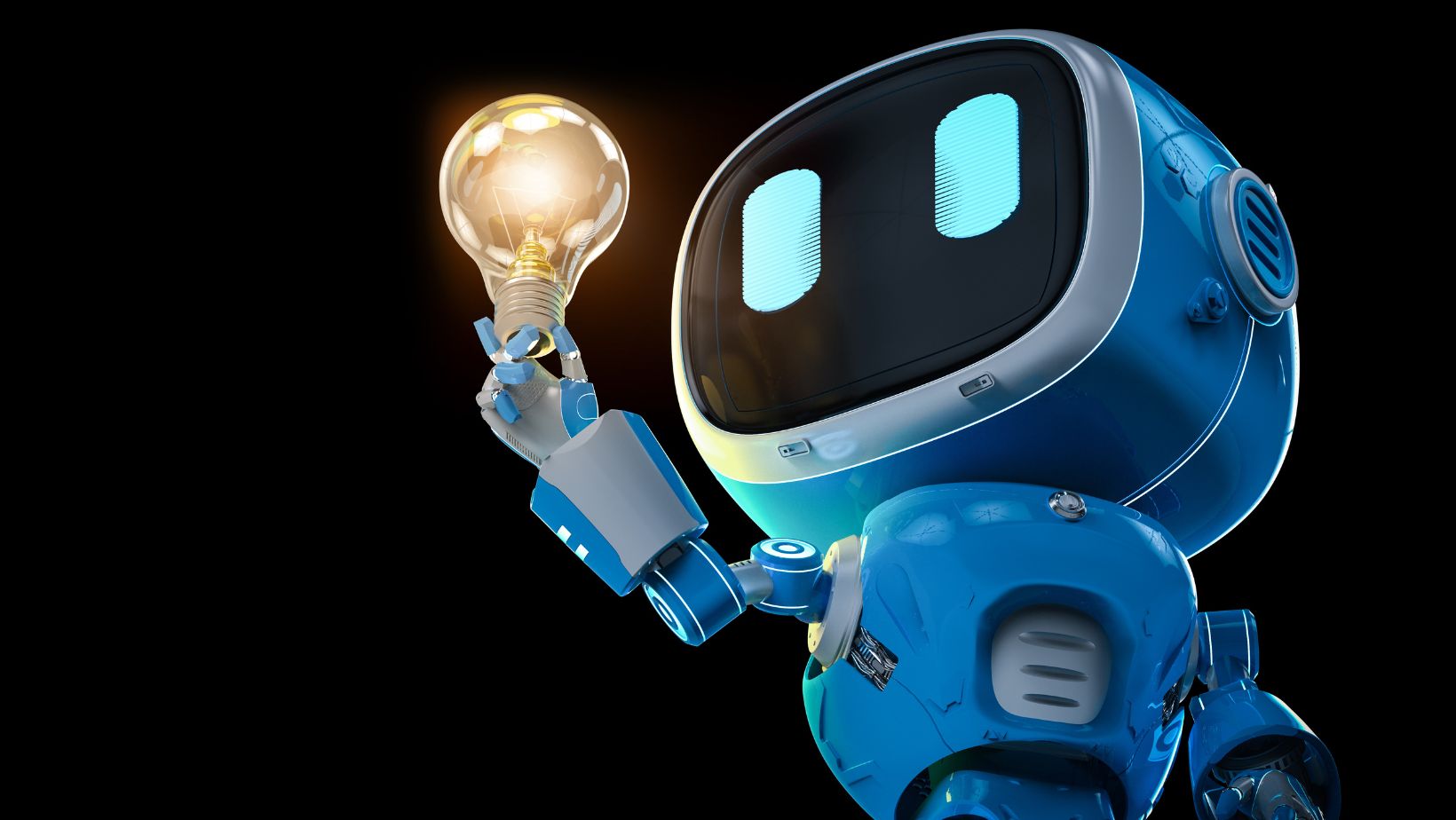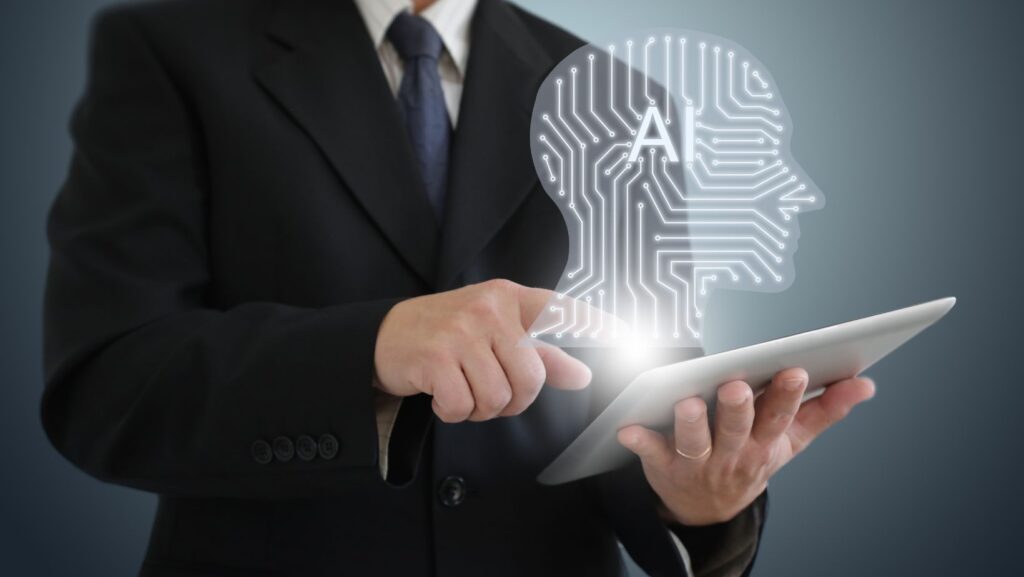Physics has long stood at the forefront of human intellectual pursuit, probing the deepest truths about the universe. From Newton’s laws of motion to Einstein’s theory of relativity, the discipline has evolved through centuries of observation, experimentation, and mathematical modeling. However, a new era is dawning—one driven not only by equations on chalkboards or colossal particle colliders, but by the rise of artificial intelligence (AI).
Let’s explore how AI is helping physicists tackle problems once considered insurmountable, unlocking new frontiers that blur the lines between imagination and reality.
The Intersection of AI and Physics
At its core, AI involves systems that can learn from data, recognize patterns, and make decisions with minimal human intervention. When applied to physics, AI becomes a powerful ally in analyzing massive datasets, identifying hidden relationships, and even proposing new theoretical frameworks. Unlike traditional methods, which often rely on painstaking calculations or approximations, AI offers an adaptive and scalable approach.
Historically, physics has relied heavily on computational methods. The introduction of digital computers revolutionized the field in the mid-20th century, enabling simulations and numerical modeling that were previously impossible. Yet as physical systems become more complex—think of turbulent fluid dynamics, high-energy particle collisions, or multi-dimensional quantum spaces—classical computational techniques are reaching their limits. AI offers a paradigm shift. Rather than solving equations directly, it can be trained to predict outcomes, discover anomalies, and guide researchers toward deeper understanding.
Accelerating Discovery Through AI
One of the most compelling aspects of AI in physics is its ability to accelerate the pace of discovery. Machine learning algorithms can process experimental and theoretical data at astonishing speeds, uncovering insights that would take humans years to find. This isn’t merely a question of convenience—it fundamentally changes how physics is practiced.
Take, for example, the domain of quantum mechanics. AI models have been developed to predict the properties of quantum materials, simulate entangled systems, and even identify new phases of matter without prior knowledge of the system’s symmetries or conservation laws. In particle physics, deep learning is helping scientists sift through petabytes of data from the Large Hadron Collider, flagging unusual patterns that might signify new particles or forces.

All of these advances fall under the umbrella of physics AI, a rapidly growing field that merges computational intelligence with the rigor of physical science. By using AI as a tool of inference and prediction, physicists can explore previously inaccessible realms of theory and experimentation.
AI in Theoretical Physics
While AI’s role in experimental and data-driven physics is well-known, its contributions to theoretical physics are just as revolutionary. Machine learning algorithms are being deployed to explore the abstract landscapes of string theory, quantum field theory, and even the elusive quest for a unified theory of everything.
In string theory, for instance, researchers face a staggering number of possible compactifications—ways in which extra dimensions could be curled up. Manually analyzing these configurations is practically impossible. AI, however, can navigate this vast “landscape” by identifying patterns and proposing candidate solutions that satisfy physical constraints.
Neural networks have also shown promise in discovering new mathematical relationships. Some models have independently derived known physical laws, such as the Lagrangian mechanics framework, purely from observational data, demonstrating that AI can not only process physics but potentially re-discover it.
Enhancing Experimental Physics
At CERN’s Large Hadron Collider, AI is integrated into the decision-making processes that determine which collisions to record and which to discard—a critical task given that only a tiny fraction of events are scientifically valuable. In gravitational wave research, AI algorithms are used to filter out noise from data collected by LIGO and Virgo detectors, enhancing the precision of detections.
Autonomous laboratory systems are another frontier. By combining robotics with AI, researchers are creating “self-driving labs” that can adjust parameters, run experiments, and analyze outcomes in real time. This not only improves efficiency but opens the door to 24/7 experimentation without human fatigue or oversight.
Such systems have been applied to fields as varied as superconductivity and condensed matter physics, where they’ve helped uncover new materials with unusual electrical or magnetic properties. The integration of AI into experimental pipelines turns labs into dynamic environments capable of adapting and learning alongside researchers.
AI-Driven Insights in Astrophysics and Cosmology
The cosmos presents physicists with an unparalleled challenge: understanding the structure, origin, and fate of the universe using limited and often noisy data. AI is proving indispensable in navigating this cosmic complexity.

Deep learning models trained on astronomical surveys can classify galaxies, identify gravitational lenses, and detect rare events like fast radio bursts or supernovae. These systems operate at a scale and speed far beyond human capability, enabling real-time analysis of telescopic data from instruments like the James Webb Space Telescope or the Vera Rubin Observatory.
Conclusion
Artificial intelligence is no longer a futuristic concept in physics—it is a present-day reality that is reshaping the discipline in profound ways. From accelerating discovery and enhancing experimentation to driving theoretical breakthroughs and exploring the cosmos, AI is unlocking new frontiers that were once beyond our reach. As we stand at this intersection of minds and machines, it’s clear that the next era of physics will not be charted by equations alone, but by the intelligent tools we create to explore the universe.
